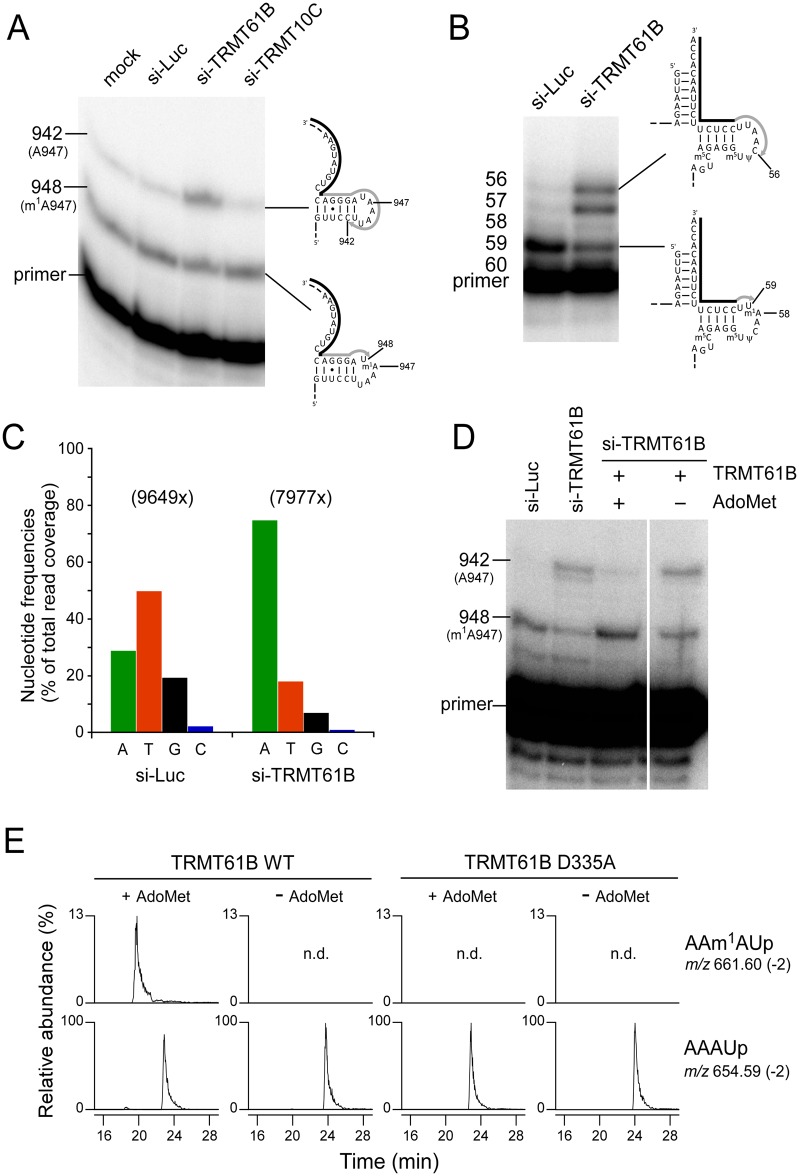Fig 2. TRMT61B is responsible for m1A947 in mitochondrial 16S rRNA.
(A) Detection of hypomodified m1A947 in mitochondrial 16S rRNA from siRNA-treated HeLa cells. After knockdown of luciferase (si-Luc, control), TRMT61B, or TRMT10C mRNAs, primer extension was used to detect methylated or non-methylated A947. The cells were transfected twice with siRNA and harvested 4 days after the first transfection. The knockdown efficiencies of TRMT61B and TRMT10C mRNAs were quantified by qRT-PCR and normalized to ACTB mRNA. The steady-state levels of both mRNAs were decreased to 5.7% compared to the mock cells. The primers are shown as solid lines next to the rRNA or tRNA, and nascent cDNAs synthesized from the primers are depicted as gray lines. (B) Detection of hypomodified m1A58 in mitochondrial tRNALeu(UUR) to confirm TRMT61B knockdown. (C) Nucleotide frequencies in cDNA reads corresponding to position 947 in human mitochondrial 16S rRNA. RNA-seq reads of total RNAs from HeLa cells treated with siRNAs targeting luciferase (control) or TRMT61B were mapped against the human mtDNA sequence. Nucleotides frequencies (%) were calculated from the total read coverage. Exact values are available in S1 Data. (D) In vitro reconstitution of m1A947 with recombinant TRMT61B in the presence of AdoMet. Total RNAs from HeLa cells treated with siRNAs for TRMT61B (si-TRMT61B) were incubated with recombinant TRMT61B in the presence or absence of Ado-Met. m1A947 formation in mitochondrial 16S rRNA was detected by primer extension. Total RNAs of si-Luc and si-TRMT61B were used as controls for primer extension. (E) In vitro reconstitution of m1A947 with wild-type TRMT61B and its active-site D335A mutant. The 114-mer RNA segment including Helix 71 (G866-U979) of human mitochondrial 16S rRNA was incubated with wild-type TRMT61B or its D335A mutant in the presence or absence of Ado-Met, followed by RNase A digestion, and subjected to LC/MS analysis. Mass-spec chromatograms detect doubly-charged negative ions of the tetramer fragment carrying m1A947 (upper panels, positions 945–948, m/z 661.60, and MW 1325.21) and the corresponding unmodified fragment (lower panels, m/z 654.59, MW 1311.19).

